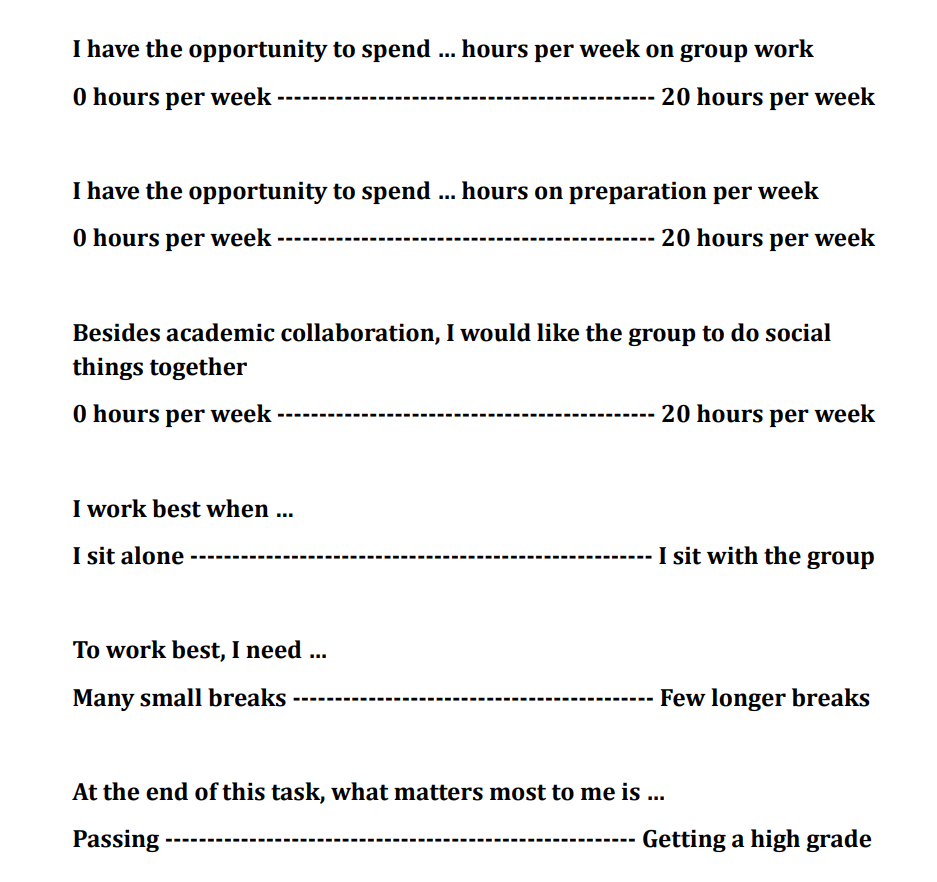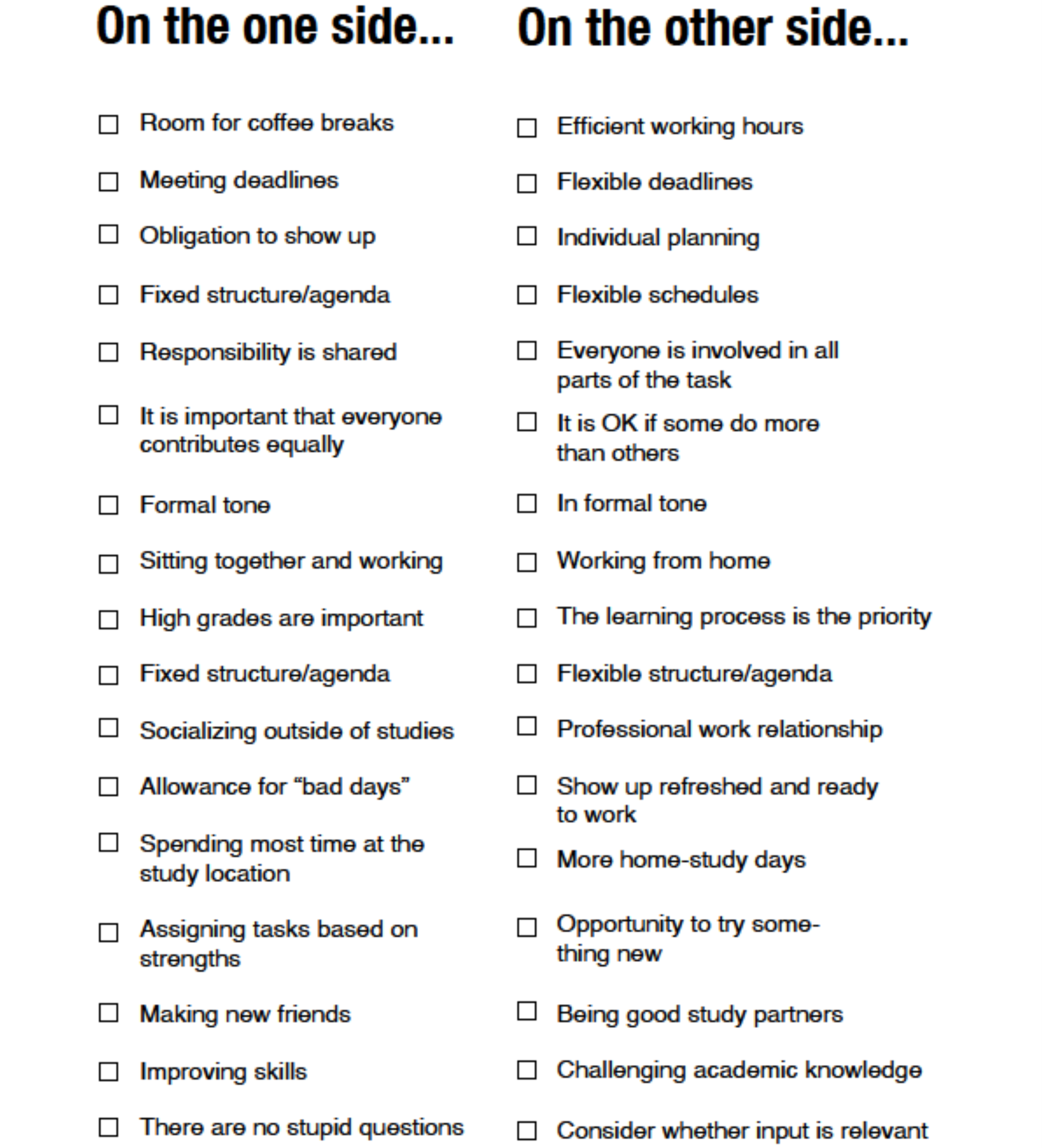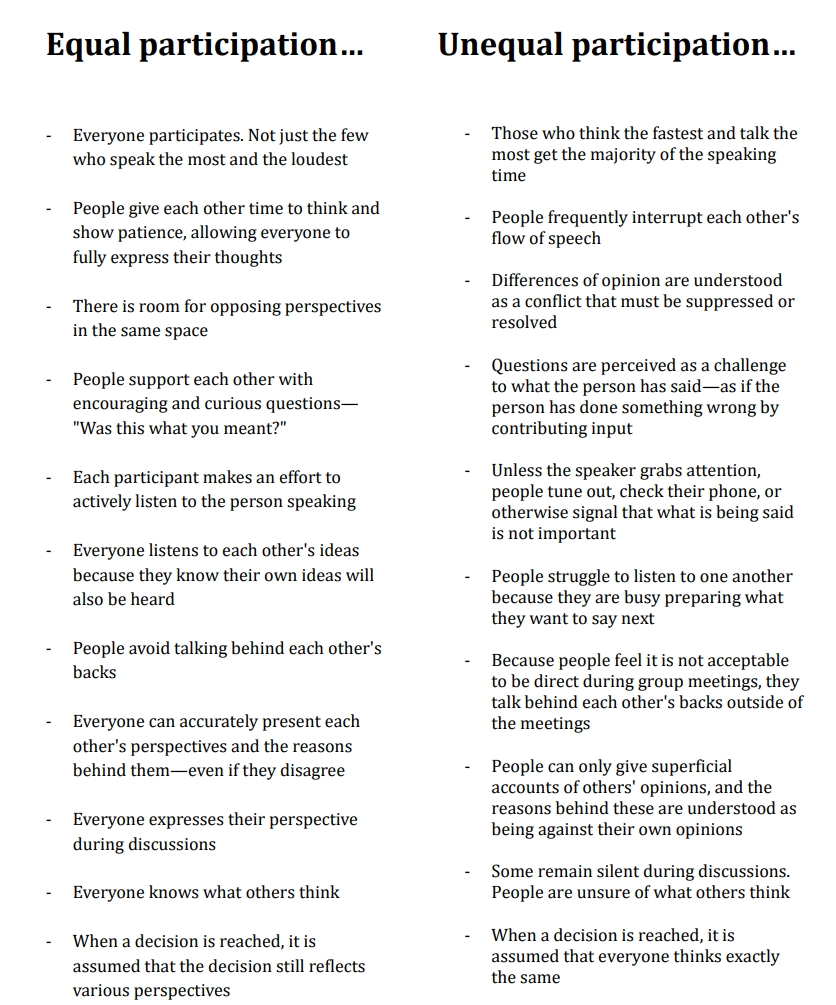The good group work
Collaborate well
All programs at KEA include shorter and longer periods where you, as a student, will have to work in groups – just like in your future working life. Group work can be a difficult discipline to master, and you will find that it is not always completely problem-free to work closely with others.
However, group work is also a significant study and learning tool. It provides an opportunity to get to know yourself better, develop your collaboration skills, and strengthen your expertise. Additionally, you gain experience working with deadlines and in an academic community, where especially your discussions and dialogues will be particularly useful – for example, for your oral exams.
On this page, you and your group can find good advice and exercises for effective group work.
Your role in group work
What personal skills do I have? What can I contribute?
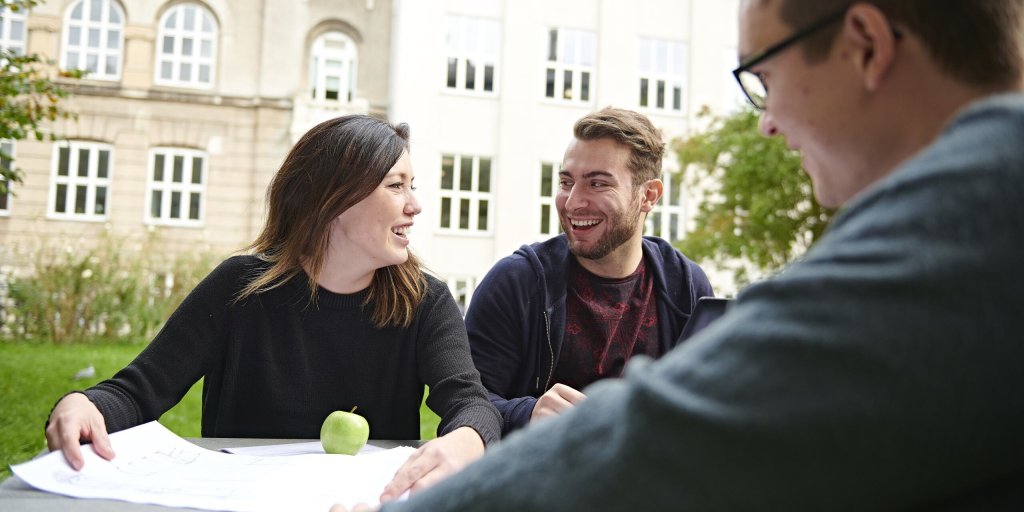
It can be challenging and daunting to say all the things you're good at out loud. Nevertheless, it's wise to become aware of the skills and resources you bring into group work – both for yourself and for the entire group.
In this way, the group knows which professional skills each member possesses and you all know the personal competencies present within the group. This helps create a positive and pleasant atmosphere.
If you find it difficult to identify your strengths, it can be helpful to think about experiences where you utilized yourself, such as previous project and group work, work experience, study jobs, folk high school, etc.
Think about positive experiences both within and outside of your studies, where you felt a project or task went really well, and where you used your skills, expertise, or personal competencies.
Competence exercise: What wares do I have in store?
This exercise is aimed at the entire group, but you can also reflect on it individually.
Just as a store has some items on the shelves that sell well and others that need to be ordered, most people do not possess all the skills and qualities they might want.
In the store exercise, the goal is to see yourself as a store that has some good items on the shelves – while there are other items the store would like to order.
- Spend a few minutes selecting three or four good items you have in your store.
- Then think about two or three items you would like to order for your store.
- Take turns presenting your stores to each other in the group.
- Afterwards, you can consider whether, together in the group, you have all the items needed to successfully complete your group work.
I am...
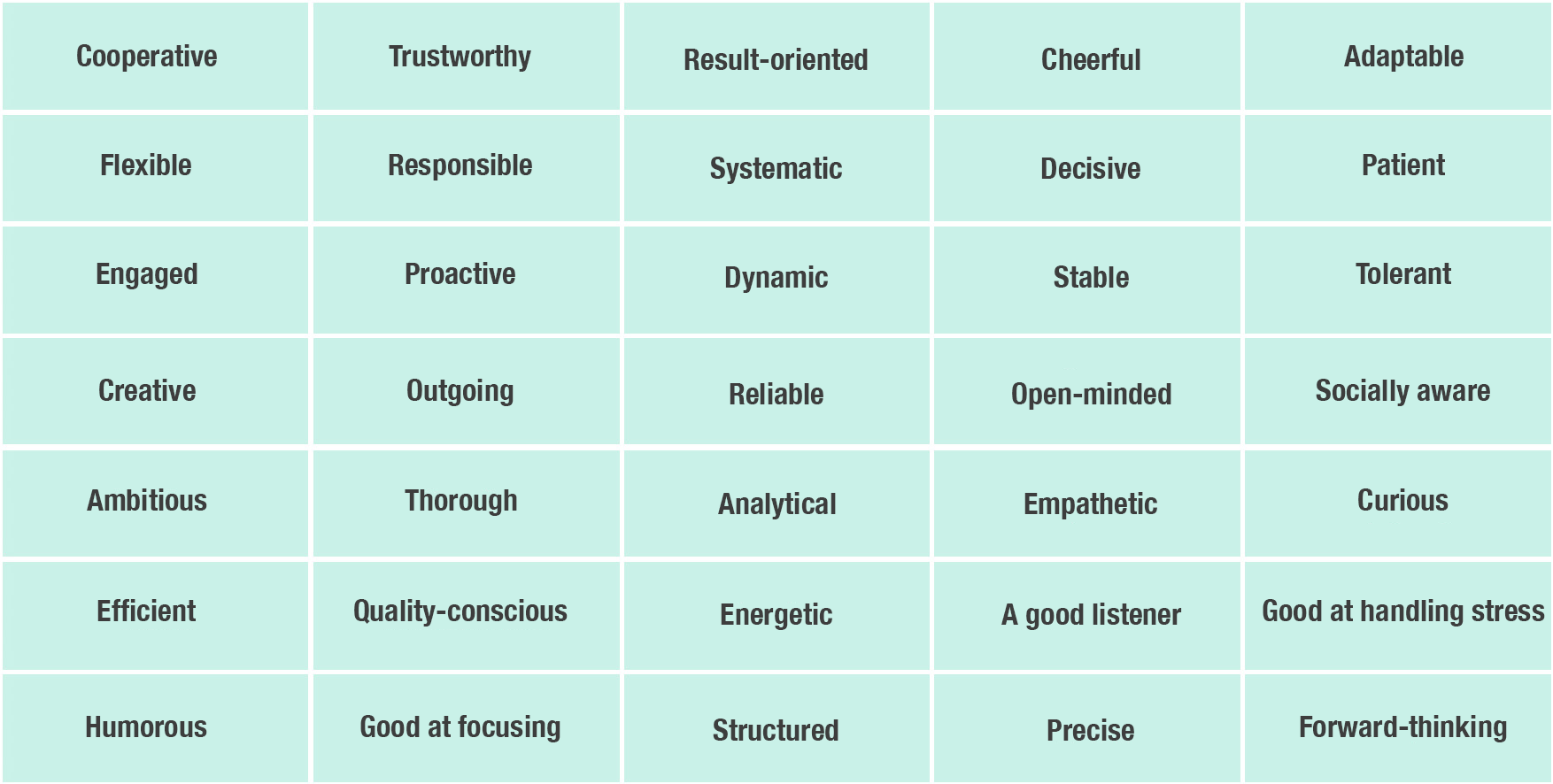
Group collaboration
How do we find common suggestions?
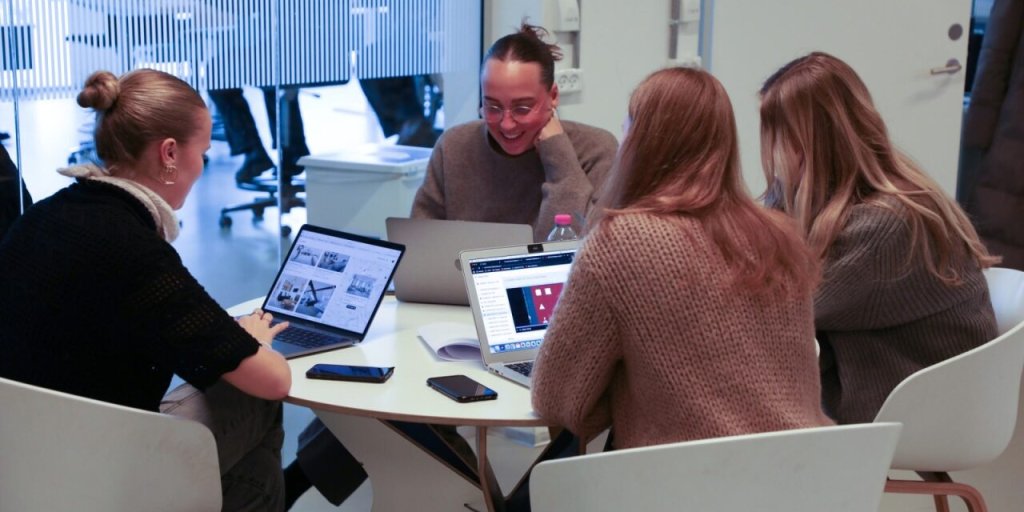
Reflecting on your own competencies before diving into group work is a good way to get started. However, the most important aspect of successful group work is for the group to collectively define how the work should proceed.
There can be many different temperaments and personality types in a group, and if you haven't agreed on how the collaboration will take place, it can become a difficult and problematic process. Therefore, it can be a good idea to formulate a so-called collaboration agreement.
A good collaboration agreement is not only beneficial for your work together as a group – it can also be valuable for your individual studies, both now and in the future. Before you start formulating the actual collaboration agreement, it can be helpful to begin with these exercises, where you discuss your individual preferences for group work and the work process.
-
Exercise 1: Your opportunities and preferences
The following reflection task is individual. The goal is for each of you to become aware of your own preferences and practical possibilities in relation to group work.
- Consider where you think you best fit on the line. Base this on your own preferences or previous experiences.
- Show the others in the group where you have placed your answers. Discuss together why you have placed yourselves as you have. Are there differences or similarities? Should you find a compromise in some areas of your collaboration?
- Write down a few lines about what you have discussed. You can also download the exercise by clicking on it:
-
Exercise 2: The nuances of good group work
This exercise is about finding the many different ways you can work 'well' together. There is no “one size fits all” for good group work. What works well in one group does not necessarily work for another combination of people. Therefore, it is important to be aware of each other's differences and preferences so that the group can try to accommodate them – and also understand if someone does things differently than oneself.
In the two columns below, some key points for different preferences in collaboration are outlined. Although these may seem like opposites, they can all be part of a well-functioning group. The first part of this exercise is individual – but the aim is for you to learn what each of you values most. Start with the following:
- Check off all the things you think are important.
- Then select three things you would like to discuss with the group.
- Take a look at your own and your group's answers. Are there similarities or differences? Try to elaborate on what the individual statements mean to you.
- After you have talked together, agree on three things that you think are important for the entire group. You can also download the exercise by clicking on it:
Collaboration agreement
Once you have discussed your preferences for group work, you can formulate a collaboration agreement outlining the framework for your group work. You can create a collaboration contract and add points that are important for your specific group work.
Study advisors
At KEA, you can always get help with your group work from our study advisors. Remember that if you encounter problems in your joint process, seeking help is a professional action – for example, from the Study Counseling. In this video, you can see the study advisors' suggestions on how to get the best out of your group work. You can also read more about conflict management in the section on conflict management.
The above video is in Danish, but English subtitles are available.
Good tools for your group work
Tips and tricks
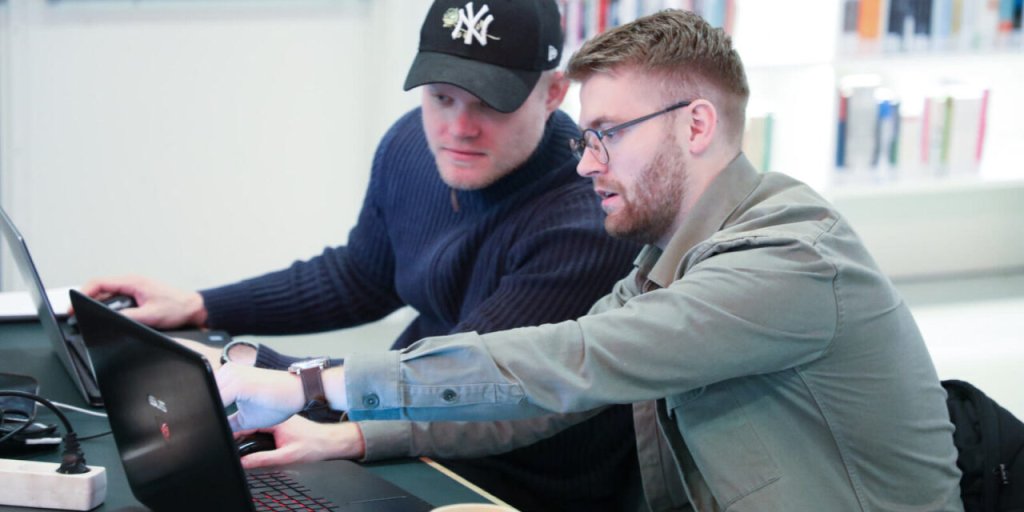
When working together as a group, you can benefit from using various tools to make the process smoother. For example, if you are working on a larger project together, it may be advantageous to structure and plan your time in a shared calendar. Depending on the size and timeframe of the project, different tools may be useful.
Take a look at the following tools and techniques, and reflect on which ones might be good for you to use in your group:
-
The Pomodoro technique
One thing that can be really useful, but many people overlook, is the use of breaks. Planned breaks can mean that you can optimize the time you spend working on your project. Often, you either end up chatting for hours and getting frustrated because you didn't achieve what you wanted, or conversely, you forget to take breaks, get tired, lose your energy, and lose focus.
The technique is simple, and perhaps that is why it works.
- Decide exactly which task you want to work on.
- Set af timer for 25 minutes.
- Work on the task.
- When the timer rings, take a five-minute break
- Set the timer again for 25 minutes, and continue working on the task.
- When the timer rings again, take another five-minute break.
NB: After completing four Pomodoro periods, take a longer break of 30 minutes.
-
Check-in
"Check-in" as a tool is perhaps something you already use without knowing it. The concept is simple and can lead to increased efficiency and, not least, better knowledge and understanding of your group members. Maybe someone had a really bad morning where they spilled coffee on their pants, or maybe they had the best day where all the traffic lights were green on the way to campus. The purpose of the round is to listen to each other's experiences to understand everyone's starting point for the day's work. If the person who spilled coffee on their pants ends up snapping at a group member later in the day, you already know that person might not have much energy today. This creates understanding and can reduce potential conflicts. Additionally, it is a tool to get to know each other better!
- Each group member spends a few minutes talking about their day: How they are feeling and how much energy they have for the work.
- Once everyone has been heard, you move on to the "real" work.
- At the end of the day's group work, you can do a "check-out," where you talk about how the day has been.
-
Meeting leader
Taking on the leadership role can seem a bit daunting for some when it comes to group work. You don't want to boss others around since everyone in the group is equal. However, using a meeting leader can be an effective way to optimize your meetings and the time you work together, and it also challenges you to communicate.
The meeting leader can, for example, be responsible for:
- Writing the agenda
- Check-in
- Summarizing discussions (and ending unproductive discussions)
- Timing the Pomodoro sessions
- Summarizing the day's work, possibly writing it down in a shared "diary"
Tips for using AI
Here is some inspiration on how you can use AI as a tool in group work and planning.
AI can function as a secretary in connection with group work. As a study group, when discussing, for example, assignment content, you can use AI to help create structure and analyze your discussions based on predefined themes. If you do this, be aware not to upload data containing personally identifiable information. With the consent of the entire group, the meeting should be recorded, for example through Word, which also offers direct transcription. The transcription is then inserted into the AI with a prompt asking the AI to analyze and summarize based on the group's predefined themes. Example of a prompt After this prompt, I will insert a transcription from a meeting where we had [insert number] participants. After inserting the full transcription, you should do the following: Then organize the entire transcription based on the three themes above by providing a clear summary. You can use AI to help you draft your study plan. Prompt it with fixed activities; lectures, group meetings, etc., and specify how many hours you want to spend on reading and preparations. Also, provide subject areas or specific literature you need to prepare and ask the generative AI to create a plan for you. Example of a prompt You are a structured planner, and you need to help me create a study plan. The plan should account for lectures, group meetings, and leisure activities. Follow this process: Consider my fixed activities: [insert fixed activities with day and time]. The study plan should be made concerning [insert lesson plan, syllabus, or subject]. Based on the above, create a focused study plan. Starting a large project can seem overwhelming. You can use AI as a planning tool to break down a large and daunting project into smaller, manageable chunks. Example of a prompt You are an experienced project manager, and you need to help me create a project plan for this project: [insert project description]. The plan should be action-oriented, realistic, and adhere to the deadline.
Summaries and analyses
Creating a study plan
Break down project into tasks
Evaluation
How do we maintain the good collaboration?
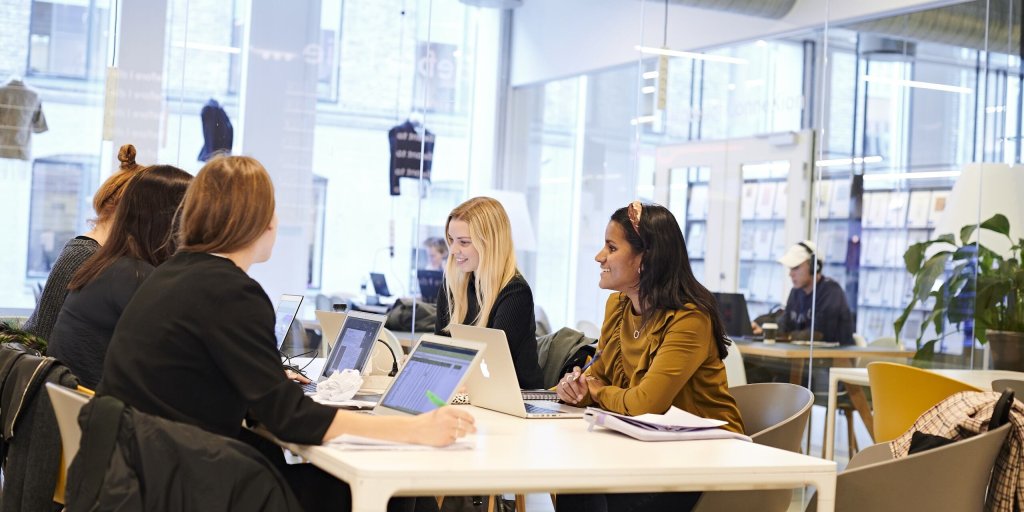
While your collaboration is ongoing, it might be a good idea to set aside time for regular evaluations from the start. This way, you can work on the group's morale and preempt any disagreements.
Regular evaluations can be included as a fixed item on the daily or weekly meeting agenda. The intention is to create a safe space where everyone can naturally and openly discuss their experiences with the collaboration.
There are several ways to do this. Here, we present four different evaluation exercises. The exercises can be done individually or combined.
-
Evaluation 1: How is it going?
- Go around the group, where everyone shares how they think things are going.
- Write down anything that comes up that calls for a deeper discussion.
-
Evaluation 2: 'The Round Model'
- Start with everyone describing their own experience of the collaboration and how it affects them personally.
- Take 5-10 minutes for everyone to formulate specific wishes for improving the collaboration. Have a presentation round with the wishes.
- Go around the group, addressing each wish for improvement one by one. Everyone expresses what they will contribute to change the collaboration positively.
-
Evaluation 3: Love-change-toss
- Hand out post-its to the group.
- Each person writes something down for the following categories:
- Love: Something you want to keep
- Change: Something you want to change – or have more of
- Toss: Something you don't think should be kept
- Review the post-it notes and discuss how each of you can contribute to meeting the wishes.
-
Evaluation 4: Are you making good group decisions?
Making good group decisions requires open and natural dialogue, where everyone participates equally. It is a shared responsibility to create a space where each member feels heard and can be honest about their thoughts and opinions. The alternative is having partial or skewed participation from one or more group members – which can lead to dissatisfaction or conflict.
In group work, you can easily fall into fixed roles and approaches. These can be so pervasive that they feel like a natural part of working in a group – even if they are not necessarily constructive for the group's relationships or the quality of the work.
- Spend a few minutes individually reading the list for Equal participation vs. Unequal participation. Reflect on whether something is hindering your participation or if you recognize any patterns in your group.
- Discuss the observations each of you have made. Is there something that is not working well? Is there something that needs to be changed? Is it okay as it is?
Conflicts
What to do when there are issues in group work?
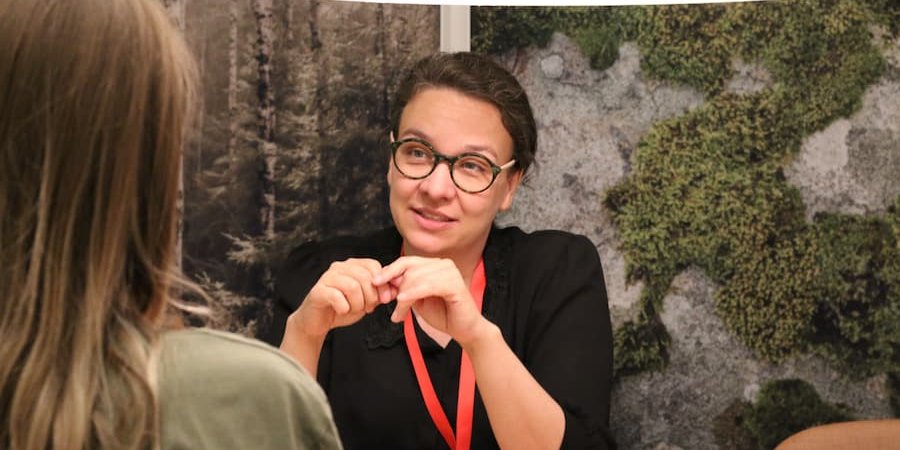
Conflicts can rarely be completely avoided – and therefore, it can be beneficial to have considered how to resolve them before they actually arise and become difficult to discuss.
You don't necessarily outgrow the possibility of conflicts arising. Conflicts are a natural part of collaboration – they happen to far more people than you might think and cannot be avoided, even if you have tried working in a group before.
If conflicts are addressed as they arise, instead of being ignored, you can prevent them from developing into something much worse than they originally were. Additionally, you can actively work with the principles of good group decision-making as well as the principles of equal, rather than unequal, participation (See the previous section).
In the following section, we will present two suggestions or tools that can help you handle your conflict. The first is to hold a meeting, and the second is the conflict ladder.
-
Suggestion 1: Hold a meeting
”Never let a good crisis go to waste”
- Churchill
Conflicts can involve both professional and personal matters – and sometimes it's both. Regardless, we can learn something from them.
But how can we turn the conflict from something negative into something that can positively develop your collaboration? And what tools can you use as a group to handle the conflict?
First and foremost, it may be a good idea to approach the person you believe the conflict involves, have a conversation over a cup of coffee, and see if you can resolve the problem. Alternatively, you can follow this model for addressing a conflict:
- Choose a meeting leader who can act as a mediator and ensure that the dialogue stays on track.
- All parties present their version of the conflict.
- Identify compatible points together – what do you disagree on, and what can you agree on?
- Together, create a proposed solution.
- Discuss how you all feel now and whether you think the conflict is resolved.
-
Suggestion 2: The conflict ladder
The conflict ladder is a tool to identify the conflict so it can be "de-escalated." Most conflicts follow the same pattern.
Often, you start at step 1 and move up the ladder if the conflict is not resolved. For each step you remain on without handling the conflict, you will take the next step up the ladder. Identify which step your conflict is on, and follow the advice.
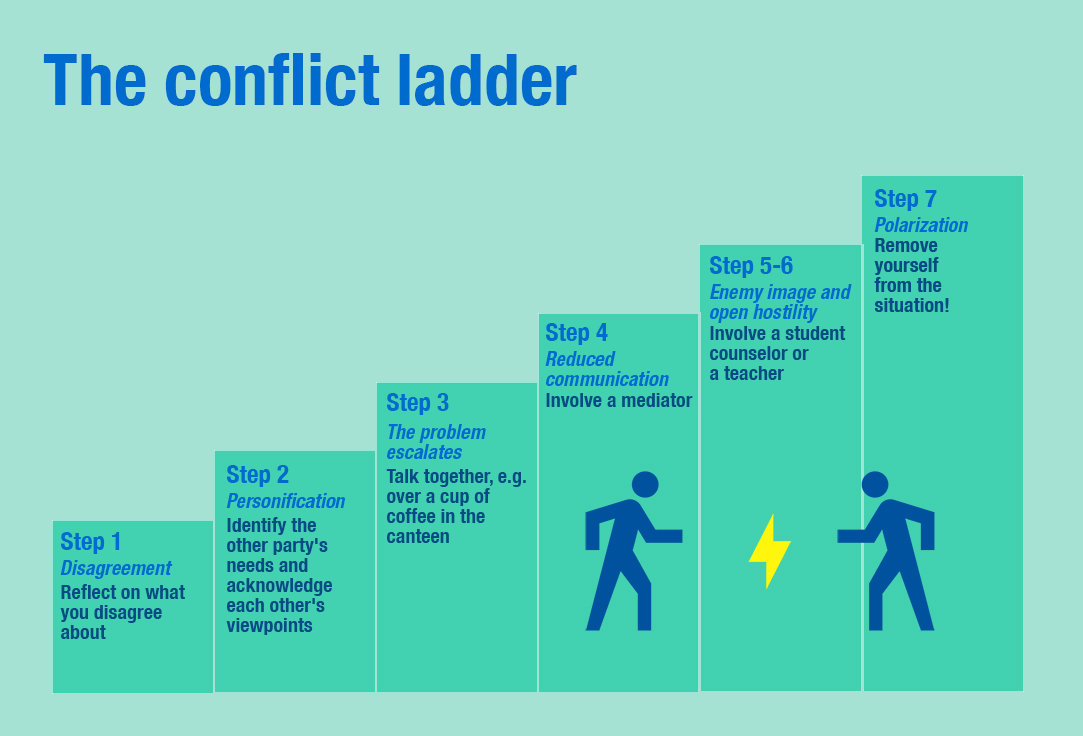
If nothing works!
Sometimes you find yourself in a conflict that is so pervasive that one meeting or a cup of coffee is not enough to resolve it.
At KEA, we work with groups to such an extent that it would be really unpleasant if conflicts are not resolved before the project is due or the exam takes place.
Remember, it's okay to reach out. You can seek help from a study advisor or your instructor. Discuss within the group what you think is the best solution – and remember, it can be helpful to involve an external, neutral party. If you are dealing with the conflict alone, remember that your study advisor has a duty of confidentiality and is always willing to help you.
Contact Study and Career Guidance at KEA
Send each other off positively!
What do we do after group work?
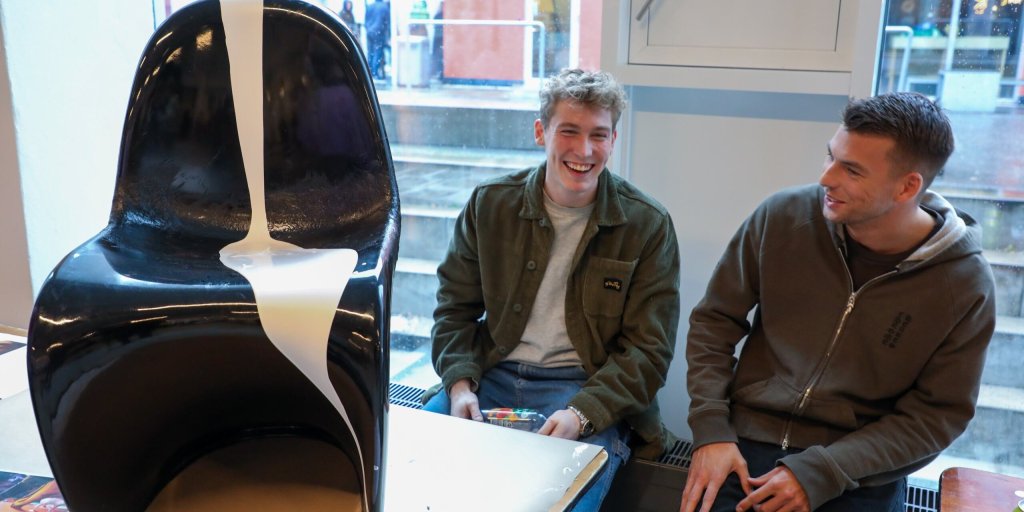
An education should not only be about learning new skills and gaining specific expertise – but also about how to apply these skills in the best possible interaction with your future colleagues.
When the project is finished or the exam is over, it can be a good idea to hold a meeting together – a sort of debriefing – where you properly thank each other for now and send each other off well.
It can be beneficial to look at how you functioned together as a group and give each other some good and constructive feedback.
Exercise: Give the group – and each other – feedback
- Spend a few minutes individually reflecting on the following:
- 2-3 things that worked well in the group
- Something you will take with you
- Something you want to improve – or do differently next time
- Then take turns presenting your reflections to the rest of the group.
- Optionally, do the shop exercise again, but this time tell each other what is on the shelves in each other's shops.


